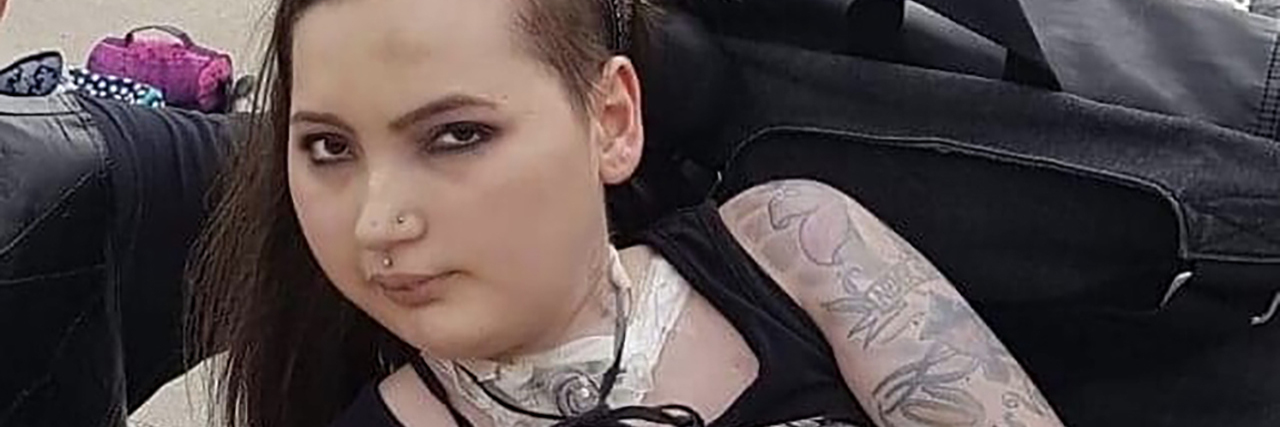People may be familiar with common diseases and illnesses like diabetes, asthma, cancer, cerebral palsy or epilepsy. However, the disease that I live with is not well known or talked about very often. I have a form of muscular dystrophy (MD) called spinal muscular atrophy type 2 (SMA2). In order to understand SMA2, MD needs to be understood first.
Muscular dystrophy is a group of neuromuscular diseases that cause progressive weakness and loss of muscle mass. In a patient with MD, a genetic mutation causes interference with the proteins needed to form healthy muscle tissue. More than 140 different diseases are categorized as forms of MD, and there is no cure.
SMA is classified as a rare condition. It occurs in approximately one out of every 6,000 live births. It is an autosomal recessive genetic disease, which means two copies of an abnormal gene (one from each parent) must be present at conception for the disease to develop.
About one in every 40 people are genetic carriers of the disease. A person can have the affected gene but not the disease and have a risk of having a child with SMA. The mutated gene is called survival motor neuron, and it’s critical for healthy motor neurons, which signal the movement of our muscles.
People who have SMA have difficulty or the inability to walk, sit on their own, breathe, eat and swallow. SMA can be fatal, generally from respiratory or pulmonary complications.
There are four different types of SMA, each with its own severity. SMA 1 is the number one genetic killer of children under the age of 2 years old. SMA 2 is less severe than SMA 1. People who have SMA 3 can usually walk but with difficulty, and SMA 4 is diagnosed once the person has grown into an adult.
When I was born, I appeared to be a healthy baby. I progressed like a healthy child until I was 8 months old, and it was like someone hit the rewind button. I started falling over when I’d sit, I stopped rolling, and I stopped trying to crawl, so my parents took me to a doctor.
After many tests, I was diagnosed at 1-and-a-half years old. My parents went back about 100 years to search for this gene in both sides of the family, and they found I am the first to have SMA 2.
This diagnosis brought on a plethora of challenges for both my parents and myself. At 3 years old, I had my first hospital admission with pneumonia and a collapsed lung. Little did we know that this was the start of an accumulation of admissions, as the SMA 2 really affected my respiratory system.
I have over 300 hospital admissions in my history – we just stopped counting. I’ve had 20 surgeries for corrective purposes and to put medical devices in my body. I’ve been resuscitated twice, had hundreds of tests, and I’ve done nine surgical procedures awake with no anesthetic.
I also got my first electric wheelchair when I was 3 years old, and I’m proud to say it was a Barbie chair! By age 4, I had a good understanding of my disease and I started helping with medical decisions. By age 7, I could start and remove my own IV and read my own X-rays. By age 10, I knew exactly what the disease does and started reading about more on my own.
Growing up, my parents tried to give me a “normal” life. I went to school when I wasn’t in the hospital, I had friends, and I played outside, but there were always reminders that I was different – whether it was people staring at me, comments being made to my mom by other adults about how she should have terminated me or certain places being inaccessible.
I’m 29 now, and I am continuing to get weaker and sicker, because that’s what SMA 2 does, but I don’t let it stop me. I go out, I have friends, I have had romantic relationships, and I’m an advocate for people like me. I also do modeling for photographers as an alternative model; I’m covered in tattoos and piercings. I may have SMA 2, but SMA 2 doesn’t have me.

